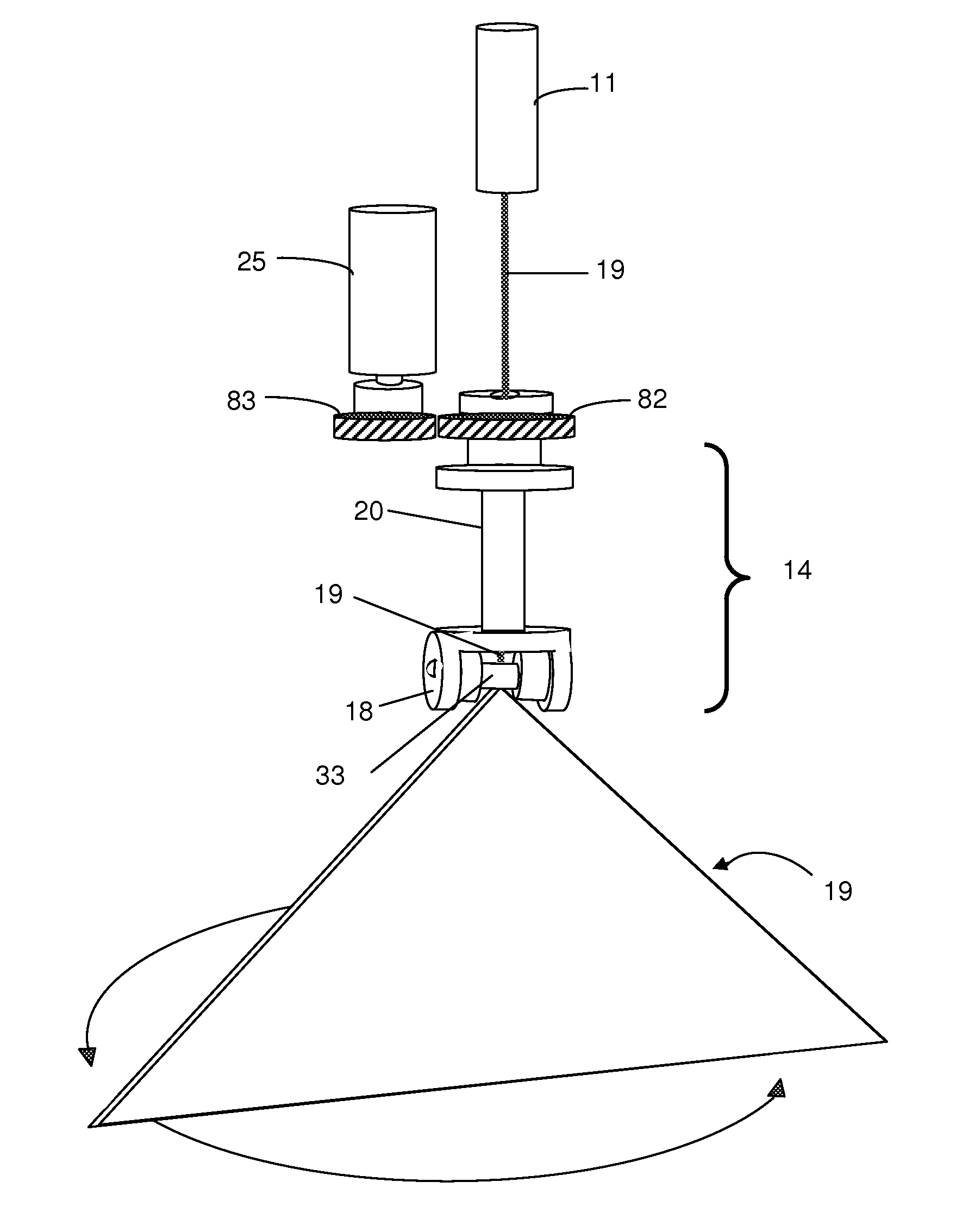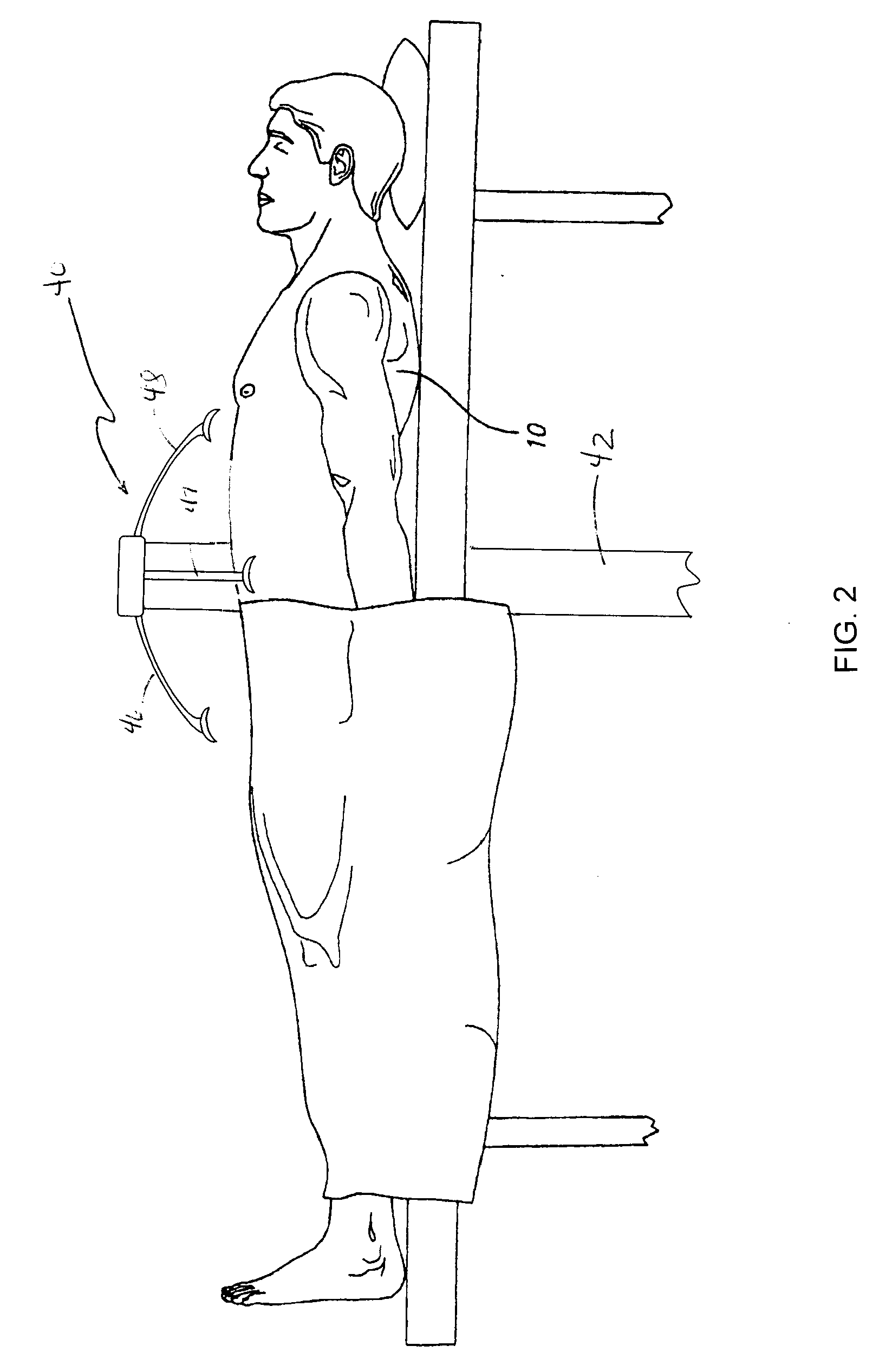Method of Reducing Cholesterol Using Laser Energy
a laser energy and cholesterol technology, applied in the field of reducing cholesterol, can solve the problems of mild and even severe events that can occur when taking statins, and achieve the effect of reducing serum cholesterol and reducing the ldl level of the patien
- Summary
- Abstract
- Description
- Claims
- Application Information
AI Technical Summary
Benefits of technology
Problems solved by technology
Method used
Image
Examples
Embodiment Construction
[0026]The amount of laser energy necessary to reduce serum cholesterol levels differs from person to person, depending on a variety of factors including BMI, density of fat irradiated, total cholesterol, triglycerides, HDL, and LDL. In the simplest embodiment of this invention, the amount of laser energy administered for LDL reduction depends only on BMI.
[0027]BMI is calculated by methods known the art. The preferred method involves measuring a patient's height and weight then looking up the BMI on the BMI tables promulgated by the NIH. FIGS. 11 and 12 are the adults' and children's, respectively, BMI tables adapted from the Clinical Guidelines of the Identification, Evaluation and Treatment of Overweight and Obesity in Adults: The Evidence Report, as reported by the National Heart Lung and Blood Institute of the National Institutes of Health.
[0028]To determine the therapeutic amount of laser energy that is sufficient to reduce the LDL level, the patient's BMI is determined. If the ...
PUM
 Login to View More
Login to View More Abstract
Description
Claims
Application Information
 Login to View More
Login to View More - R&D
- Intellectual Property
- Life Sciences
- Materials
- Tech Scout
- Unparalleled Data Quality
- Higher Quality Content
- 60% Fewer Hallucinations
Browse by: Latest US Patents, China's latest patents, Technical Efficacy Thesaurus, Application Domain, Technology Topic, Popular Technical Reports.
© 2025 PatSnap. All rights reserved.Legal|Privacy policy|Modern Slavery Act Transparency Statement|Sitemap|About US| Contact US: help@patsnap.com



